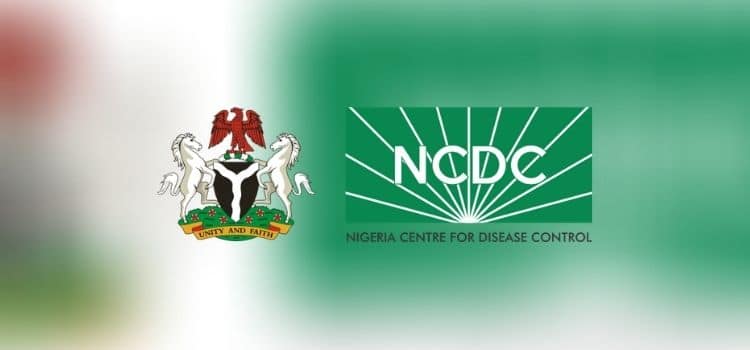By Iyemah David
The Nigeria Centre for Disease Control and Prevention (NCDC) has launched a pioneering initiative to translate antimicrobial resistance (AMR) messages into indigenous languages to improve public understanding nationwide.
Antimicrobial resistance (AMR) occurs when microbes like bacteria, viruses, fungi, and parasites evolve to withstand antimicrobial drugs, rendering them ineffective.
Dr Tochi Okwor, Head of Disease Prevention at NCDC and Chair of Nigeria’s AMR Coordinating Committee, announced the launch during the SayAMR Language Hackathon event in Abuja on Friday.
The NCDC partnered with Dr Ameyo Stella Adadevoh Health Trust, the Centre for Infection Control and Patient Safety, University of Lagos, and the Committee of Vice Chancellors of Nigerian Universities.
The SayAMR Language Hackathon aims to develop widely accepted AMR terminology in Hausa, Igbo, Yoruba, and Pidgin English to improve grassroots communication on antimicrobial resistance in Nigeria.
Dr Okwor explained that AMR was as much a language and cultural challenge as a scientific one, noting many Nigerians lacked familiar words to describe antimicrobial resistance in local languages.
“For effective engagement, we must communicate in ways people can understand,” she said, emphasising the need to translate AMR concepts into major Nigerian languages before expanding to others.
According to him, the initiative empowers communities, farmers, market women, and others, to understand how AMR spreads and why rational antibiotic use is critical to health and survival.
World Health Organisation (WHO) Technical Officer for AMR in Nigeria, Dr Chavan Laxmikant, called the initiative “innovative and timely,” describing AMR as a “silent pandemic” that began within local communities.
Highlighting India’s experience with 22 official languages, Laxmikant stressed culturally and linguistically tailored messaging as essential for public comprehension and engagement against AMR.
Project Lead for the World Bank-funded Health Security Programme in West and Central Africa, Dr Ayodele Majekodunmi, lauded the hackathon for engaging youth and empowering communities with accurate, culturally relevant AMR information.
Mrs Chidinma Ibe, Head of Infection Prevention at the Institute of Human Virology Nigeria, emphasised that translating scientific information into local languages boosted infection prevention adoption at the grassroots level.
Prof. Haruna Andrew, Secretary-General of the Committee of Vice-Chancellors of Nigerian Universities, highlighted Nigeria’s linguistic diversity as a powerful tool in public health education.
“Language is not just communication; it connects culture, education, and empowerment,” Andrew said, commending the SayAMR Language Programme as a model for innovation, academia, and public health collaboration.
The initiative aligns with Nigeria’s National Action Plan on AMR and the One Health approach linking human, animal, and environmental health sectors.
By making AMR concepts accessible across Nigeria’s many languages, authorities aim to drive behaviour change, strengthen community engagement, and curb the growing AMR threat.




